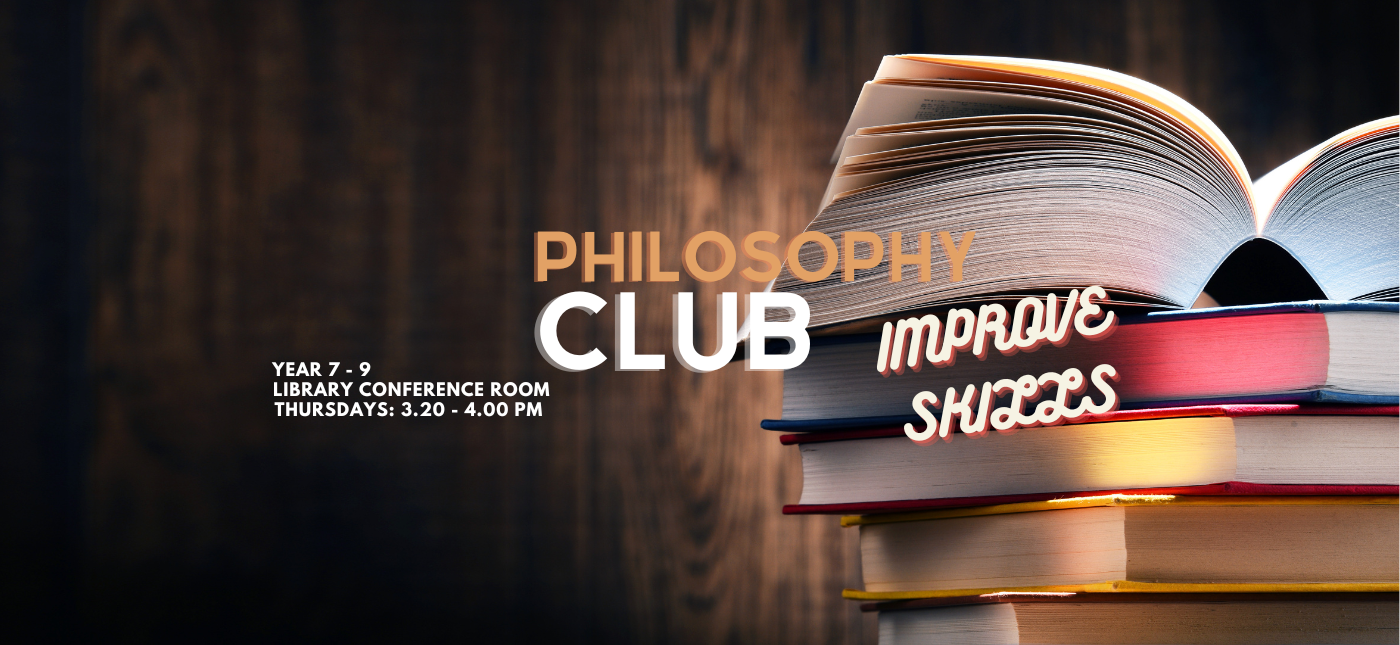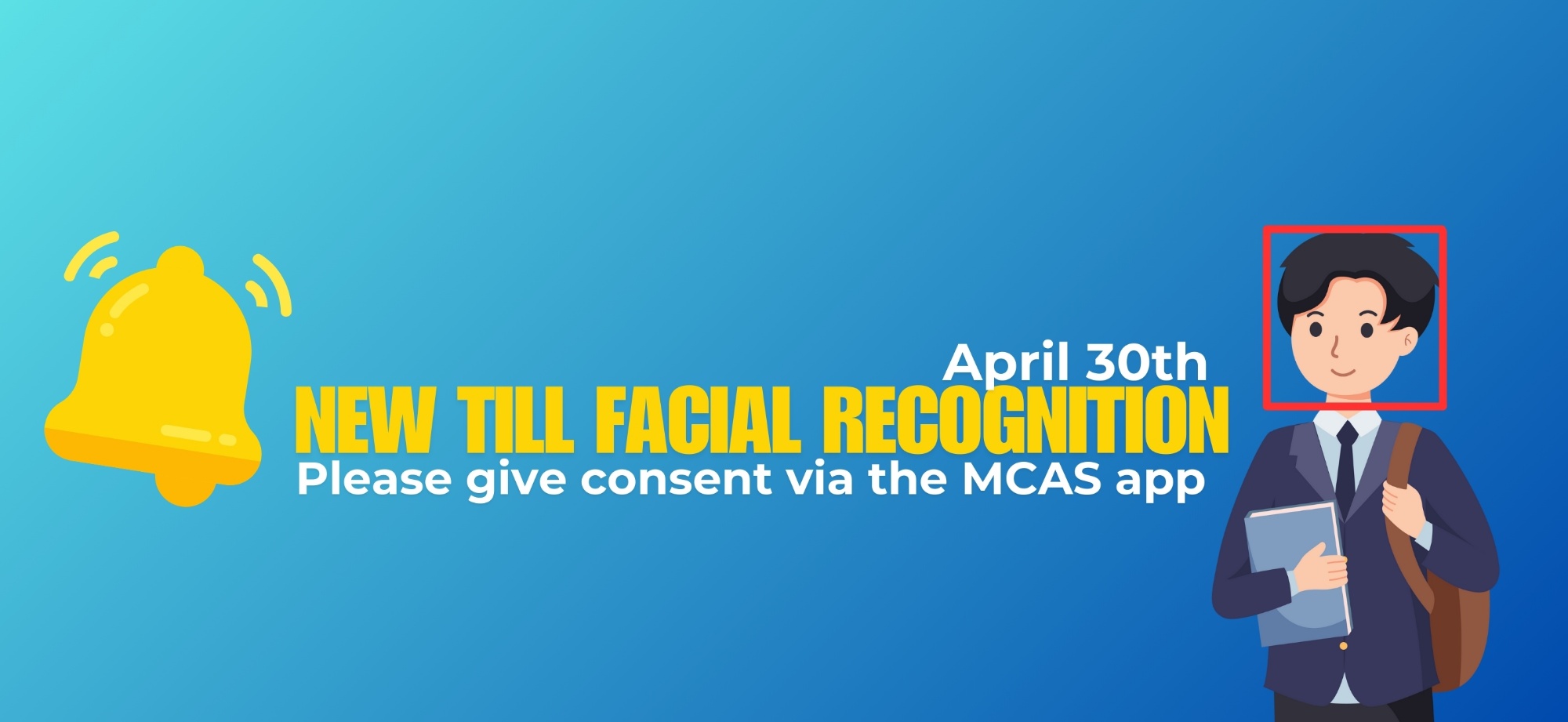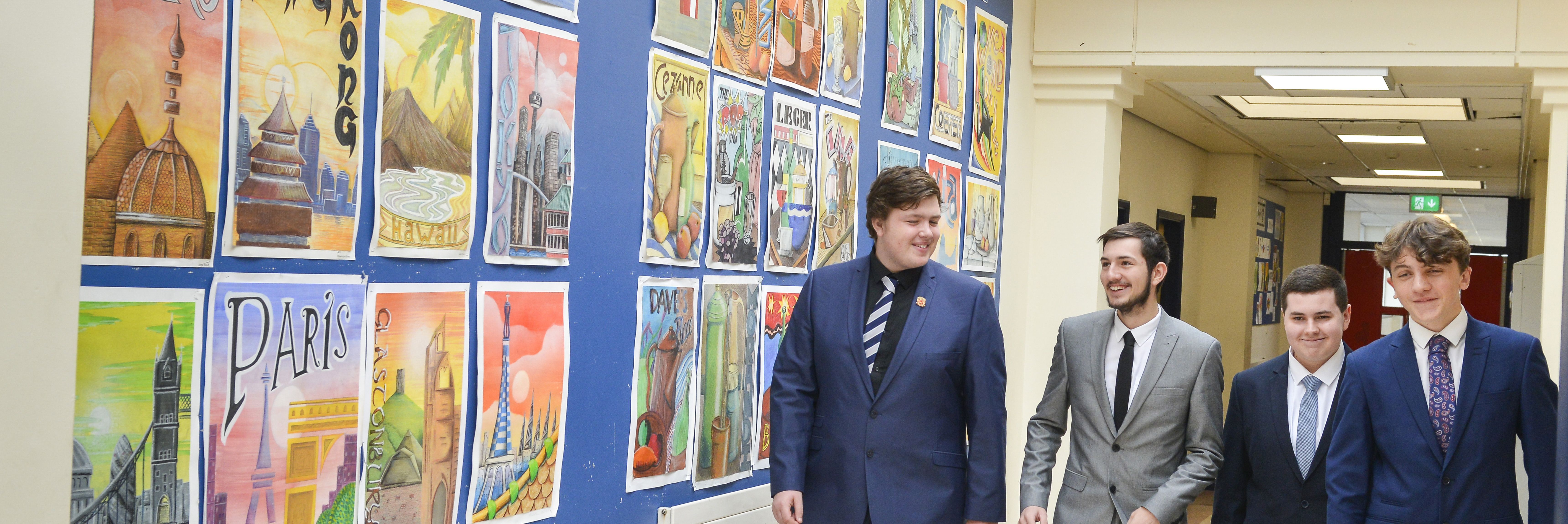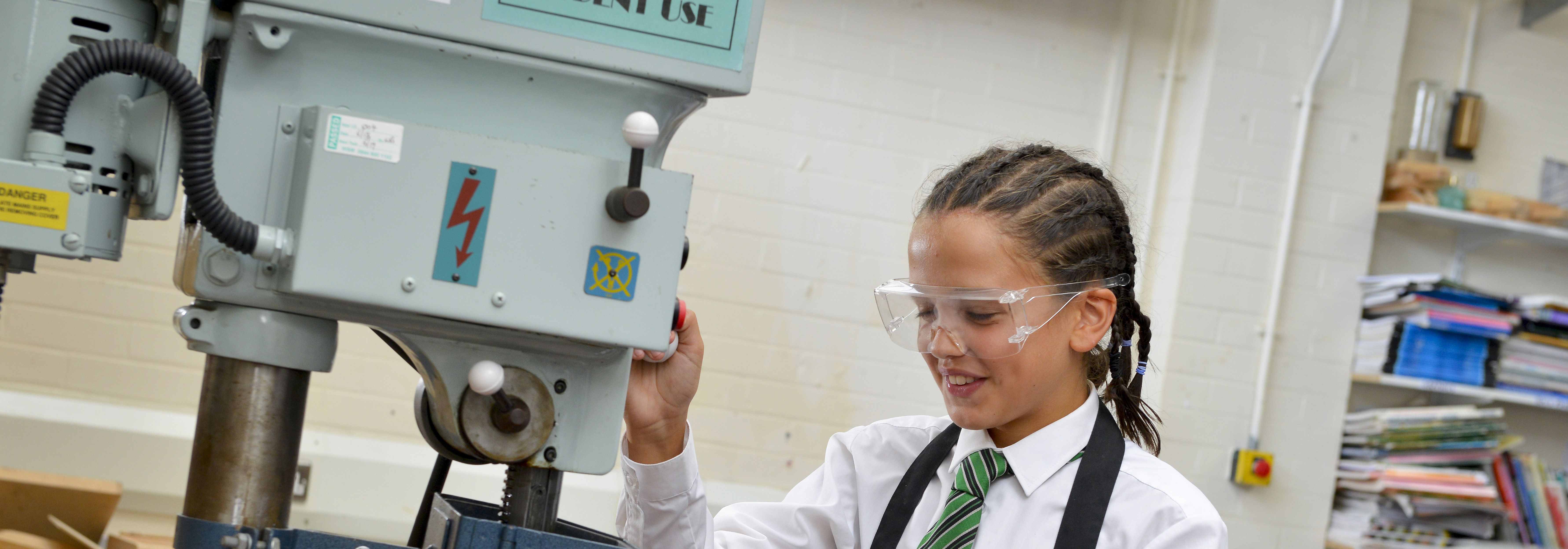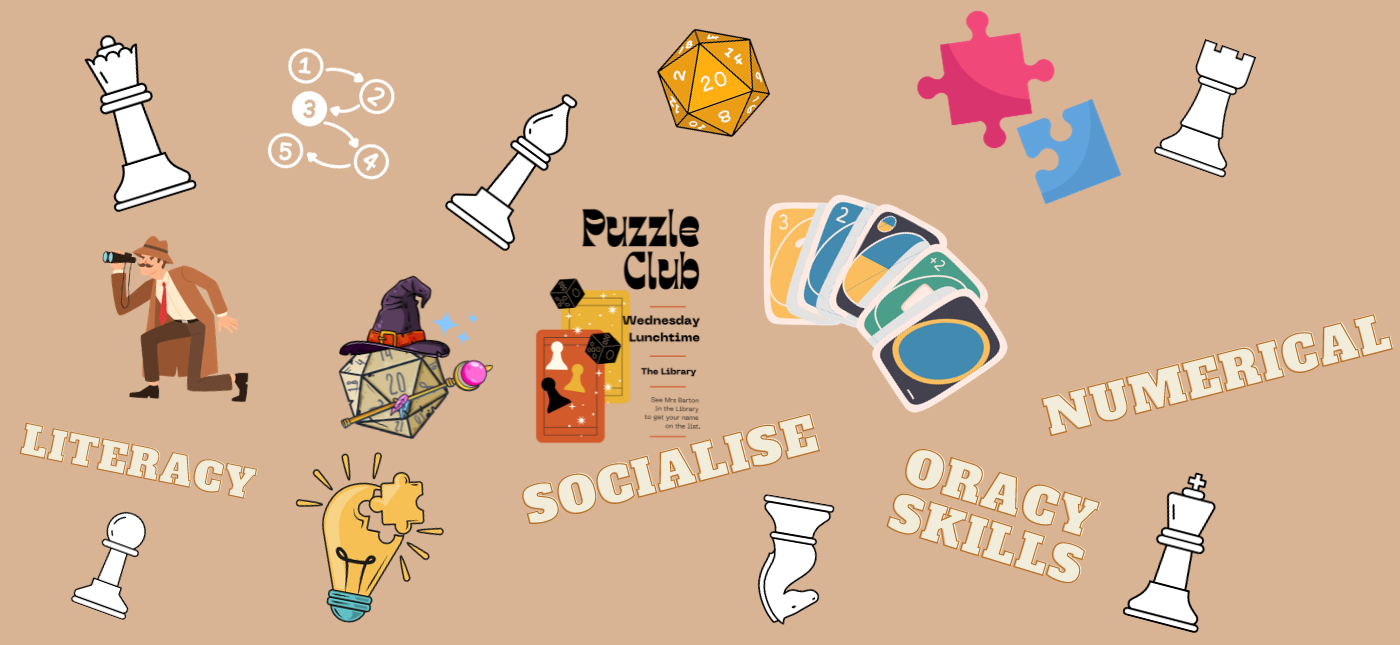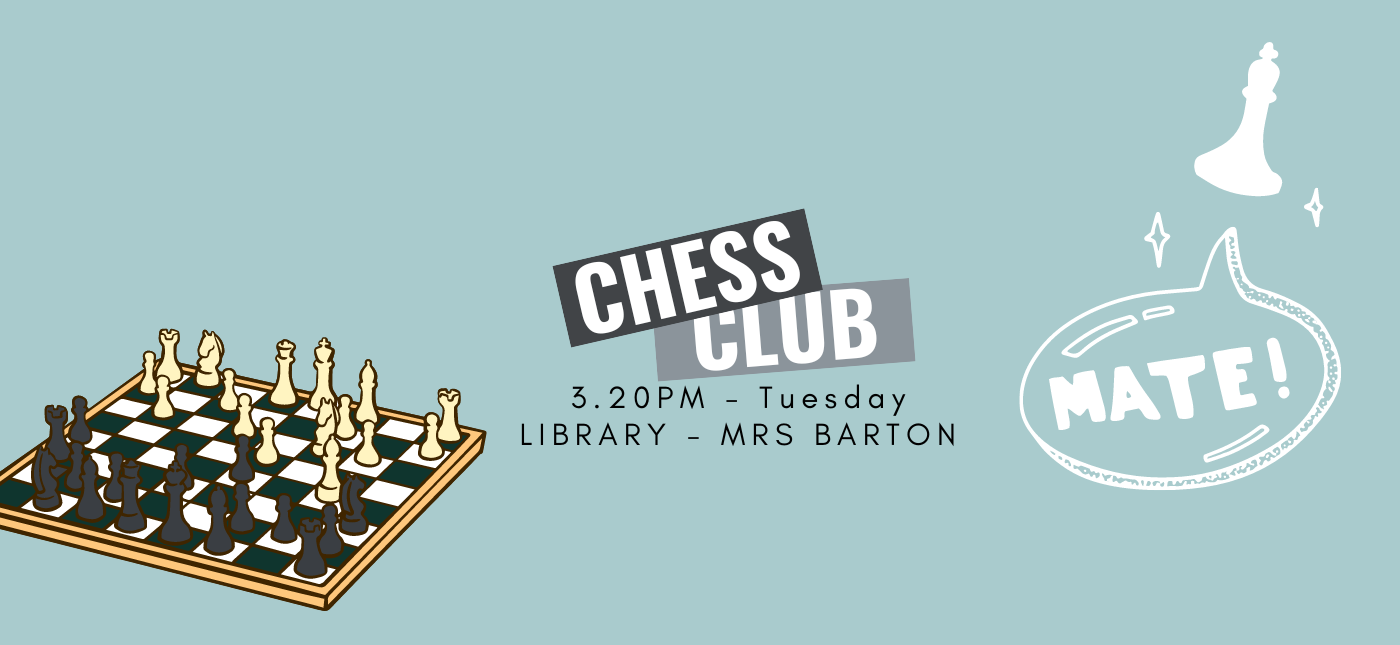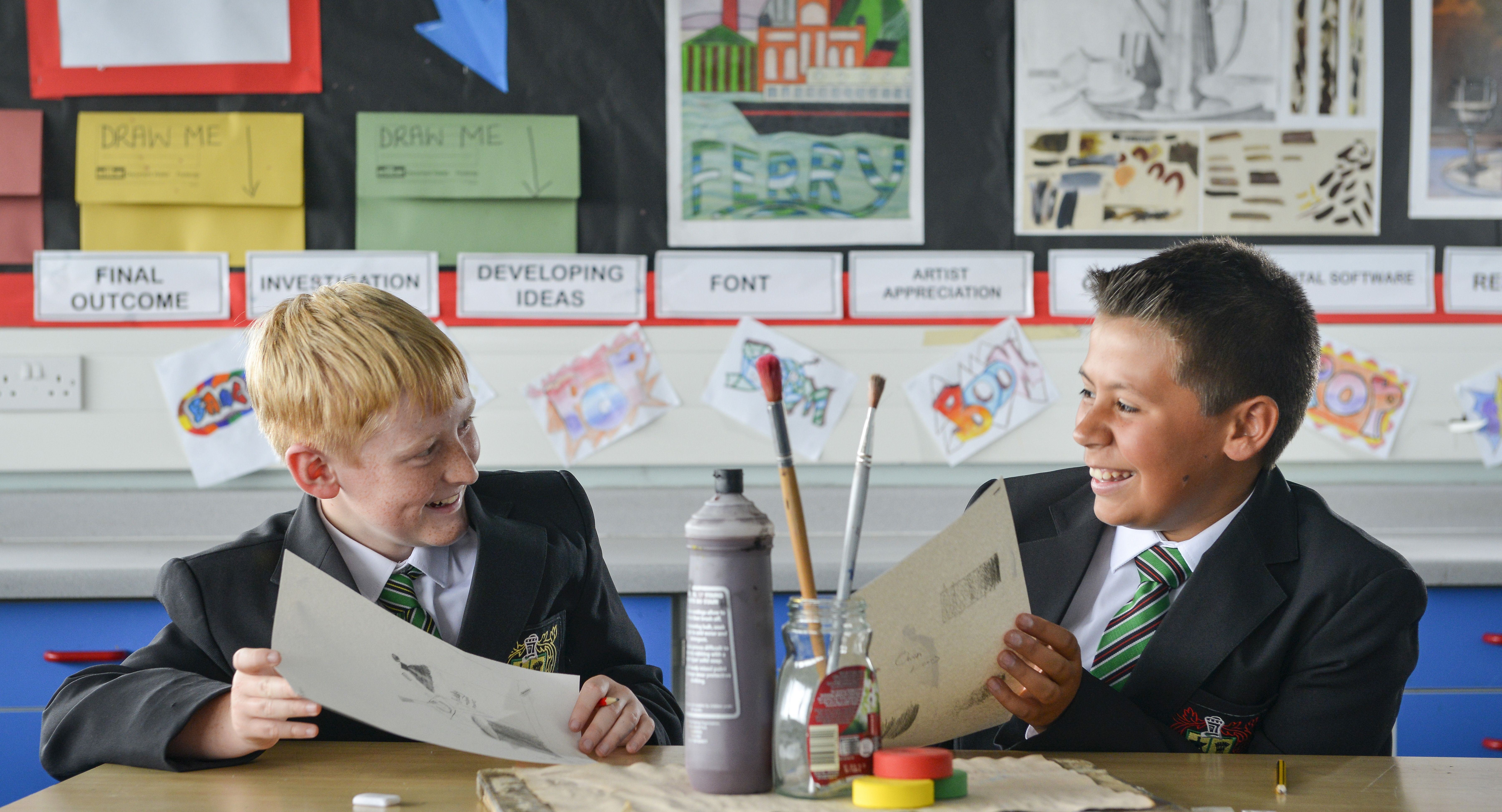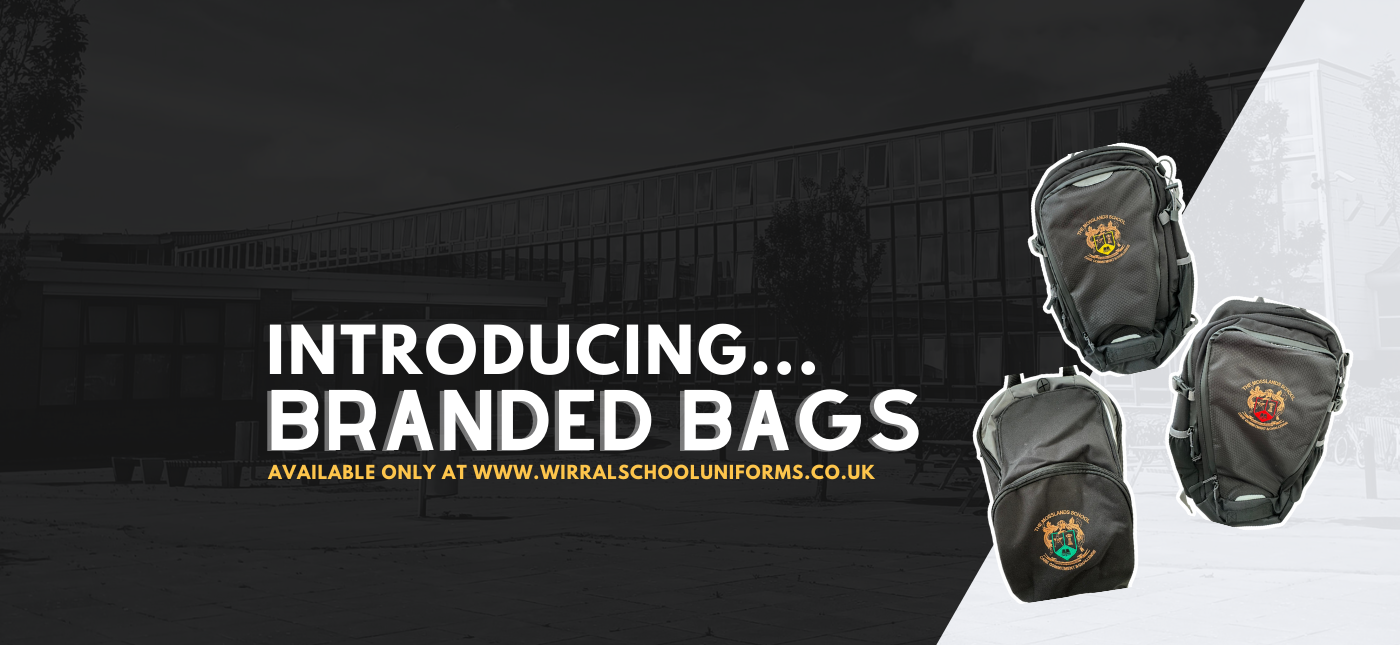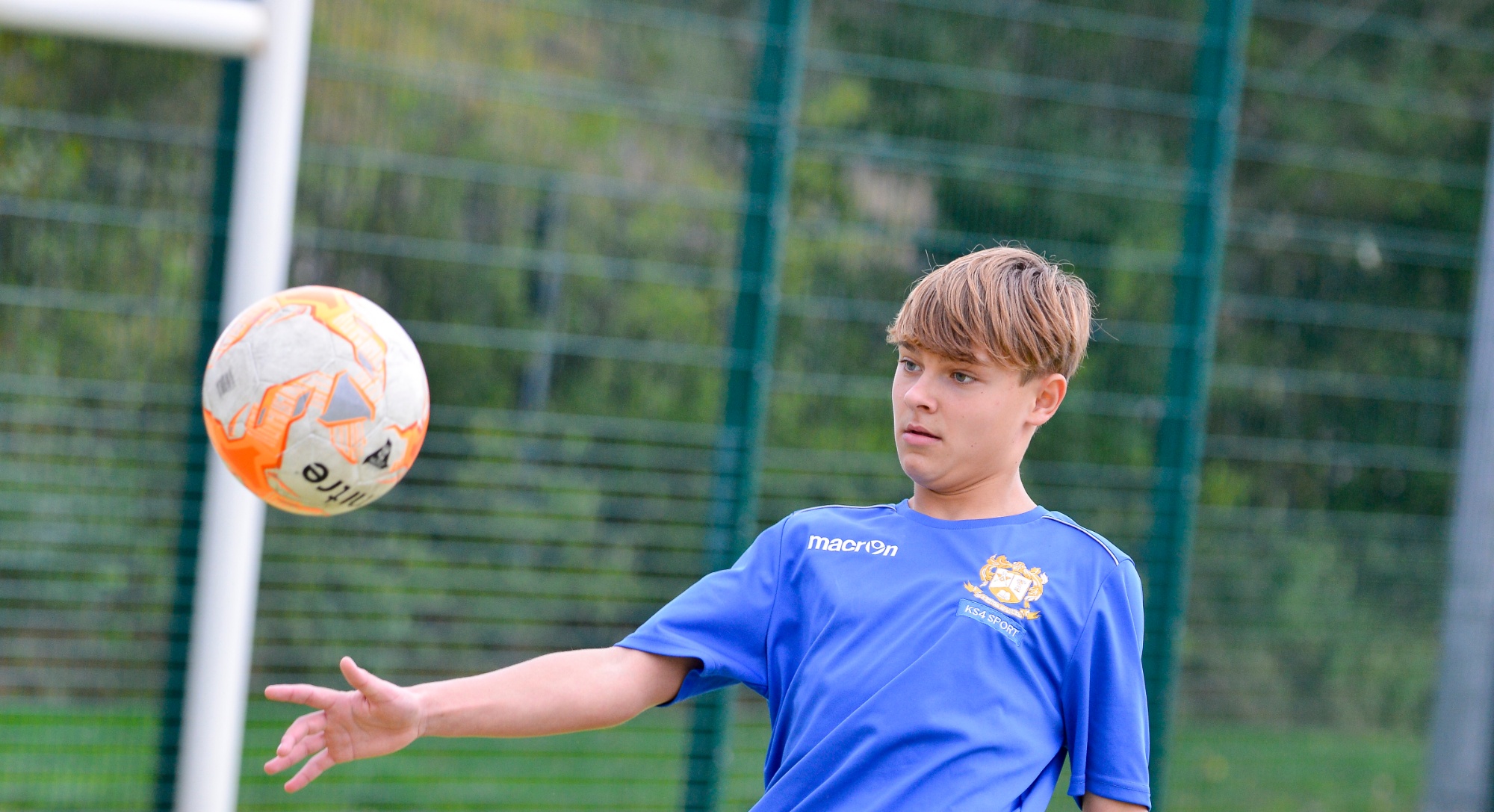Curriculum Map
This curriculum map provides an overview of the art and design journey students will experience throughout the academic year. It outlines the sequence of artistic styles, techniques, and influential artists alongside key assessment points designed to monitor and support student progress. The curriculum is carefully sequenced to build knowledge progressively, with each unit providing the foundation for future learning, ensuring all students develop creative expression, technical skills, and critical appreciation appropriate to their age and stage. For detailed information about the specific knowledge and skills taught in each unit, please visit our Knowledge and Skills page.
| Half Term |
Unit(s) of Work |
Key Assessments |
Autumn 1
Autumn 2 |
Introduction to pattern
Focusing on Artist Brianna McCarthy
- Identify and create both regular and irregular patterns.
- Use lines, shapes, and patterns to create optical illusions.
- Research of the artist Brianna McCarthy
- Recreating a piece of Brianna McCarthy’s work
- Use proportion, line work, and details to capture the essence of McCarthy’s portraits.
- Understand McCarthy’s use of patterns, bold colours, and expressive figures.
- Create a variety of marks (dots, lines, cross-hatching) for texture and detail.
- Experiment with different brushes and tools to create expressive marks with paint.
- Cut, layer, and arrange paper, card, and painted elements to create a collage.
|
Baseline assessment |
Spring 1
Spring 2 |
Introduction to Aboriginal Art
- Research and understand the historical and cultural context of Aboriginal art.
- Present research it in a clear, organized manner.
- Recognise and accurately identify common Aboriginal symbols and icons used in artworks.
- Translate Dreamtime stories into a visual format using Aboriginal-inspired techniques.
- Create a design that uses symbols, patterns, and colours to represent elements of an Aboriginal story.
- Observational drawing - closely studying Aboriginal artworks and reproducing key features like dot painting, patterns, and naturalistic elements.
- Practical skills in 3D object construction and decoration.
- Apply painted designs onto a 3D surface, ensuring that patterns and colours are accurately rendered.
|
Baseline assessment |
|
Summer 1
Summer 2
|
- Observational Drawing of a Man-Made Object to develop accurate drawing skills using proportion, shading, and sketchbooks to explore media and technique.
- Research Page on Vincent Scarpace to build research and analytical skills through artist study and annotated presentation.
- Understand patterns and zentangles within sea images, and to develop skills to create our own.
- Creating a research page on Yenella James, and to copy a Yanella Elms Drawing to enhance technical drawing by replicating an artist’s style to understand technique and media.
- To understand the use of colour and detail to create interesting backgrounds for final outcome.
- Create a Watercolour Blending and Illustration Page to teach watercolour blending, colour theory, and creative composition in illustration.
- Final 3D Ocean-Themed Piece to combine 2D and 3D techniques to create a mixed-media sculpture using skills developed across the project.
|
|
Baseline assessment |
This developmental year sees a departure from thematic work. The focus for the year builds upon Year 7: composition, colour and surface. Outcomes for each term will be in the media of Painting and Drawing, Graphics and 3D work. Boys will produce work as a response to Architectural, Still Life and Natural/Mechanical termly briefs
/7F0AB7033EE1193C48D303881268F6A7.jpg)
/F3B88364E6D88A3EA22B1368B50A6E05.jpg)
/7F0AB7033EE1193C48D303881268F6A7.jpg)
/F3B88364E6D88A3EA22B1368B50A6E05.jpg)




